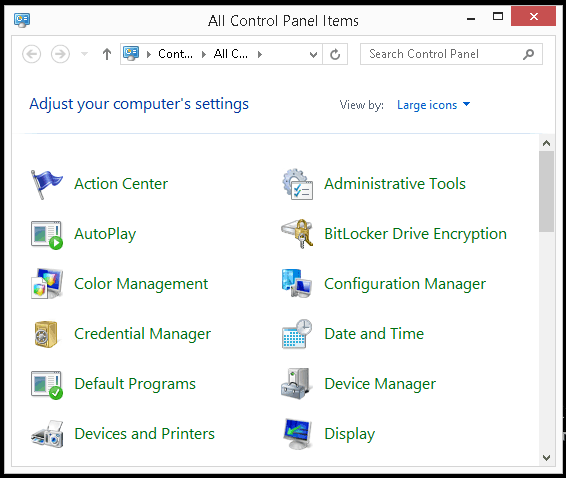
We’re going to start where we left off in the last section-using New-CMDeviceCollection to create a new collection. As an example, we’re going to look at how we can loop in other cmdlets, as well as outside data to create a more realistic device collection. In this section, we’re going to turn it up to 11 and set some more advanced properties to show how we can interact with our Configuration Manager objects at a deeper level. We saw that we can use a combination of Get-Command and Get-Help to explore our way around the Configuration Manager PowerShell module and ultimately create a new Configuration Manager collection. In the last post, we explored using the native Windows PowerShell cmdlets for Configuration Manager to create a device collection. I’m back with another post in the series about Windows PowerShell for the System Center Configuration Manager Admin. You may want to read the first post of this series before you begin this post: Apply Common PowerShell Concepts to Configuration Manager.

Microsoft Scripting Guy, Ed Wilson, is here. Summary: Microsoft PFE, Heath Lawson, talks about using Windows PowerShell to set advanced properties in Configuration Manager.


 0 kommentar(er)
0 kommentar(er)
